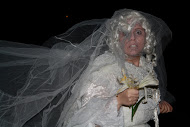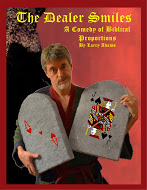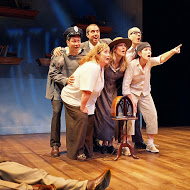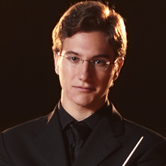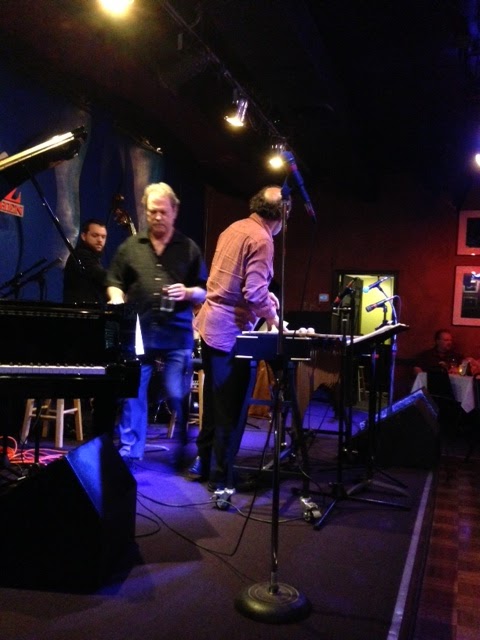Lang Lang in recital: A super deal for students

The Center for the Performing Arts in Carmel announces student tickets at $15 each to "select Palladium seating areas" for Lang Lang's solo piano recital Sept. 19. Lang Lang, the Chinese-born pianist who has become a world citizen of classical music within the past decade, has been heard as soloist with the Indianapolis Symphony Orchestra. But the Palladium event marks his first solo recital in the area. On the 7:30 p.m. program: the four Ballades by Frederic Chopin and W.A. Mozart's Piano Sonatas No. 4 in E-flat, K. 282; No. 5 in G, K. 283, and No. 8 in C, K. 309. Students wishing to purchase tickets can go online or contact the box office, (317) 843-3800.
